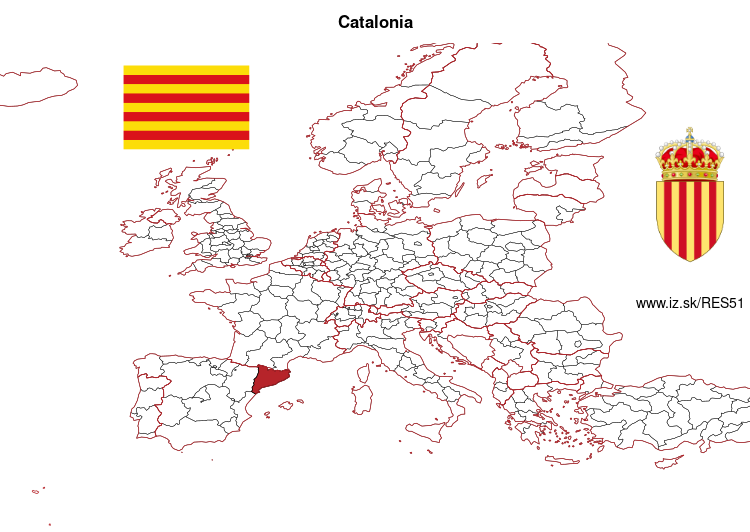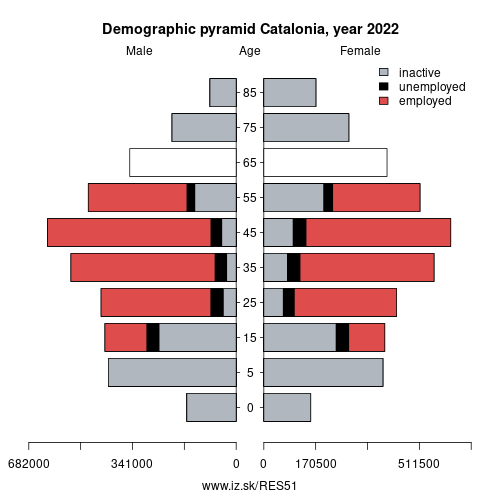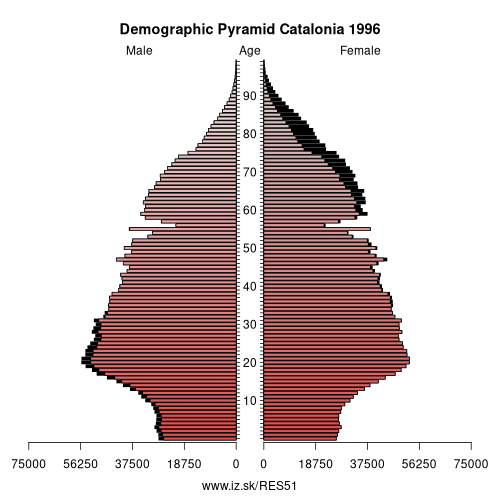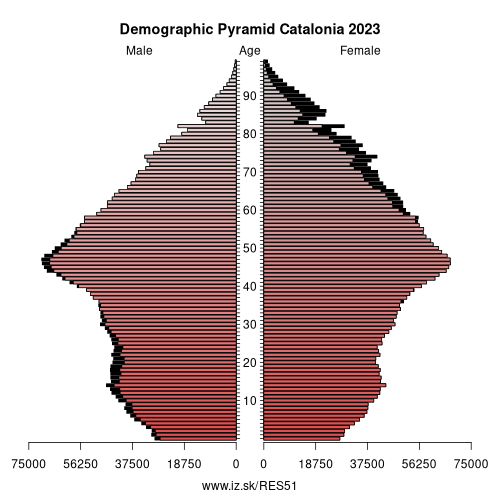- About us»
- Net income calculator»
- Population aging»
-
- Least developed regions»
-
- Average wage
- Material need benefits
- Meal allowance
- Counties of Slovakia
- Inflation
- Living and Subsistence Minimum
- Unemployment of Czechia and Slovakia
- NACE Classification
-
- Life expectancy
- Gender differences
- Youth unemployment and NEET
- Minimum wage in EU
- Unemployment rates of different age groups
- Share of salaries on GDP
- Long term unemployment
- Percentage of employees ususally working at nights
- Employment rate
- NEET
- Unemployment rate
-
- Bratislava and surroundings
- Kopanice
- Danube river
- lower Vah river
- middle Vár river
- upper Nitra river
- lower Nitra river
- Mining cities
- Kysuce a Orava
- upper Vah river - Liptov
- Spiš cities
- upper Hron river
- Juhoslovenská kotlina
- Košice fold and Torysa river
- upper Zemplín
- lower Zemplín
- EU regions
- NUTS3 regions of Slovakia
- LAU1 dataset
-
- Projects and activities
- Inclusive growth»
- Good work
- Project SKRS
- Social system – reality and vision
-
- Education of unemployed
- Young unemployed not taking part in education
- Proposal to change the system of education funding
- Library
- News»
- Contact
Catalonia – ES51
EU regions: Spain > Este > Catalonia

| Indicator | Period | Value |
|---|---|---|
| Life long learning | ||
| life long learning participation | 2024 | 16 |
| Part time jobs and flexible employment | ||
| percentage of part time workers | 2024 | 11.41 |
| percentage of part time workers, men | 2024 | 5.49 |
| percentage of part time workers, women | 2024 | 18.14 |
| Gender differences | ||
| gender gap in employment rate | 2024 | 89.35 |
| gender gap in unemployment rate | 2024 | 113.1 |
| Graduates and young people | ||
| unemployment rate of youth with elementary education | 2024 | 36.3 |
| NEET | 2024 | 11.9 |
| Gross domestic product | ||
| GDP per capita in PPS of EU average | 2023 | 103 |
| Employment | ||
| employment rate | 2024 | 70.3 |
| Social exclusion | ||
| people at risk of poverty or social exclusion | 2020 | 22.8 |
Catalonia slovensky: ES51
Subregions: Barcelona Province, Province of Girona, Province of Lleida, Province of Tarragona

Unemployment
| Indicator | Period | Value |
|---|---|---|
| Unemployment | ||
| unemployment rate | 2024 | 9 |
| youth unemployment rate | 2024 | 22.1 |
| Long term unemployment | ||
| long term unemployment | 2024 | 2.7 |
| share of long term unemployed | 2024 | 30.4 |
Demographics

| Indicator | Period | Value |
|---|---|---|
| Demographics | ||
| number of inhabitants | 2024 | 8 012 231 |
| population density | 2023 | 248.9 |
| old-age dependency ratio | 2024 | 29.3 |

Employment by sectors, Catalonia
| NACE r2 | % | NACE r2 | % | ||
|---|---|---|---|---|---|
| A | 45.2 | 1% | B-E | 636.8 | 17% |
| F | 236.5 | 6% | G-I | 1087.5 | 28% |
| J | 176 | 5% | K | 76.4 | 2% |
| L | 36.9 | 1% | M_N | 480.1 | 13% |
| O-Q | 801.2 | 21% | R-U | 250.5 | 7% |
| TOTAL | 3827.1 | 100% |
Data for the period year 2024. Source of the data is Eurostat, table [lfst_r_lfe2en2].

From Wikipedia :
Catalonia (; Catalan: Catalunya [kətəˈluɲə]; Aranese: Catalonha [kataˈluɲɔ]; Spanish: Cataluña [kataˈluɲa]) is an autonomous community on the northeastern corner of Spain, designated as a nationality by its Statute of Autonomy. Catalonia consists of four provinces: Barcelona, Girona, Lleida, and Tarragona. The capital and largest city is Barcelona, the second-most populated municipality in Spain and the core of the sixth most populous urban area in the European Union. It comprises most of the territory of the former Principality of Catalonia (with the remainder Roussillon now part of France's Pyrénées-Orientales, Occitanie). It is bordered by France (Occitanie) and Andorra to the north, the Mediterranean Sea to the east, and the Spanish autonomous communities of Aragon to the west and Valencia to the south. The official languages are Catalan, Spanish, and the Aranese dialect of Occitan.In the late 8th century, the counties of the March of Gothia and the Hispanic March were established by the Frankish kingdom as feudal vassals across and near the eastern Pyrenees as a defensive barrier against Muslim invasions. The eastern counties of these marches were united under the rule of the Frankish vassal, the count of Barcelona. In the 10th century the County of Barcelona became independent de facto. In 1137, Barcelona and the Kingdom of Aragon were united by marriage under the Crown of Aragon. The de jure end of Frankish rule was ratified by French and Aragonese monarchs in the Treaty of Corbeil in 1258.
Other: Este, Valencian Community, Balearic Islands, Catalonia
Neighbours: Midi-Pyrénées, Languedoc-Roussillon, Valencian Community, Aragon
Subregions: Barcelona Province, Province of Girona, Province of Lleida, Province of Tarragona
Suggested citation: Michal Páleník: Europe and its regions in numbers - Catalonia – ES51, IZ Bratislava, retrieved from: https://www.iz.sk/PES51, ISBN: 978-80-970204-9-1, DOI:10.5281/zenodo.10200164

 Share
Share Facebook
Facebook Twitter
Twitter News
News